#Fossil Friday
Text
Baryonyx walkeri sketch

my attempt on baryonyx

#illustration#digital art#illustrators on tumblr#art#aesthetic#character art#animals#paleoart#dinosaur#palaeoblr#palaeontology#palaeoart#paleoblr#paleoartist#paleontology#palaeo stuff#fossil friday#baryonyx#spinosauridae#paleoarte#paleo art#sciart#scientific illustration
1K notes
·
View notes
Text
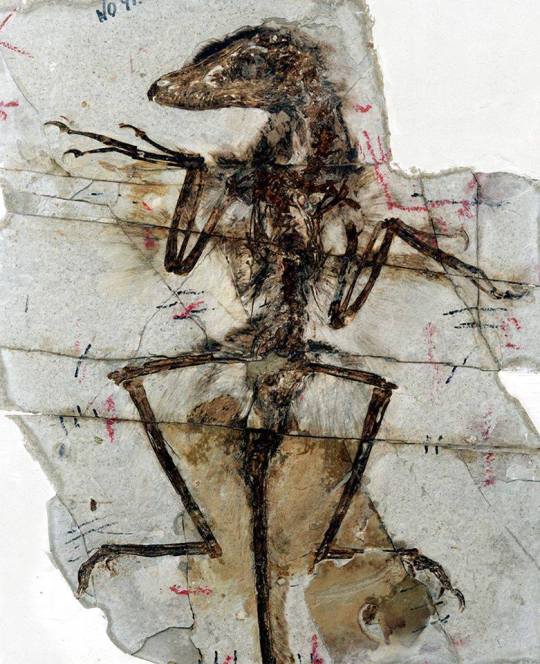
This Fossil Friday, meet an exceptionally preserved feathered dinosaur. Sinornithosaurus millennii lived some 130 million years ago and was about 3 ft (1 m) long. When it was discovered, it joined a growing list of dinosaur fossils showing evidence of feathers. But this specimen is especially unique because the imprints of its feathers are astonishingly clear. Scientists think Sinornithosaurus had three types of feathers: simple hairlike filaments, downy tufts (like those on modern birds), and modern feathers along the edges of its limbs!
Photo: M. Ellison/ © AMNH
#amnh#science#fossil#museum#dinosaur#natural history#nature#paleontology#fact of the day#feathers#fossil friday#birds#ornithology
2K notes
·
View notes
Text

Today's random portfolio artwork is a life-size Diplodocus mural (human figure for scale), which I painted for the Children's Museum of Indianapolis.
#Art#Painting#PaleoArt#PalaeoArt#SciArt#SciComm#DigitalArt#Illustration#Dinosaurs#Birds#Reptiles#Palaeontology#Paleontology#fossil friday
1K notes
·
View notes
Text
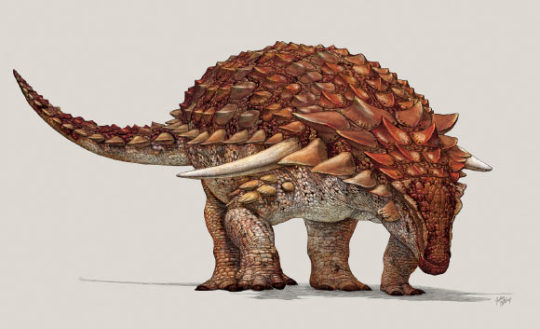

Happy Fossil Friday!
Who: Borealopelta markmitchelli
name meaning: "Northern shield" "Mark Mitchell"
pronunciation: Bore-ee-al-oh-pell-tah Mark-Mitchell-eye
What: A nodosaur, the un-clubbed kin to ankylosaurs
When: Early Cretaceous Period
Where: Alberta, Canada
Fun fact!: The specimen pictured above is one of the most well preserved dinosaurs ever discovered. It was discovered by miner Shawn Funk at Millennium Mine oil sands just north of Fort McMurray in Alberta. This local was perfect for exceptional preservation as the deposits were predominantly bitumen-rich (coal) sands. Preserved on the animal are not only skin impressions, but a snapshot image of what the animal would have looked like in life, and even red pigments have been found that indicate the hue of the skin.
Image Credits: (Left: Meet Borealopelta markmitchelli, ‘Best-Preserved Armored Dinosaur’ | Paleontology | Sci-News.com Right: M. Cross)
#paleontology#fossil friday#palaeontology#fossils#paleo#palaeoart#paleoart#canada#borealopelta#nodosaur#alberta#coal mining#mummified dinosaur
262 notes
·
View notes
Text

A pair of fossilized fish teeth, likely Lanxangichthys alticephalus from the Grès supérieurs Formation in the Savannakhet Province of Laos. These ancient lepisosteiforms or gar relatives had durophagous button-like teeth used to crush hard-shelled prey. This species was one of the possible prey for Asian spinosaurids like Ichthyovenator and Siamosaurus.
#fish#fossils#paleontology#palaeontology#paleo#palaeo#lanxangichthys#lepisosteiformes#cretaceous#mesozoic#prehistoric#science#paleoblr#fossil friday#fossilfriday#ランサンイクチス#レピソステウス科#化石#古生物学
111 notes
·
View notes
Text
The Fossils of the Kanto Region

This was a remake of an old poster, and I'm much more satisfied with this one
#pokemon#digital art#art#my art#nintendo#pokemon art#digital painting#sketch#fossils#pokemon fossils#fossil friday#fossil pokemon#kanto#kanto region#pkmn#pkmn rby#pkmn frlg#omanyte#omastar#kabuto#kabutops#aerodactyl
202 notes
·
View notes
Text
FOSSIL FRIDAY: CERATOSAURUS
Ceratosaurus, the "horned lizard" is probably one of the coolest dinosaurs discovered. It was described by Othniel Charles Marsh based on a nearly complete specimen from Garden Park, Colorado.
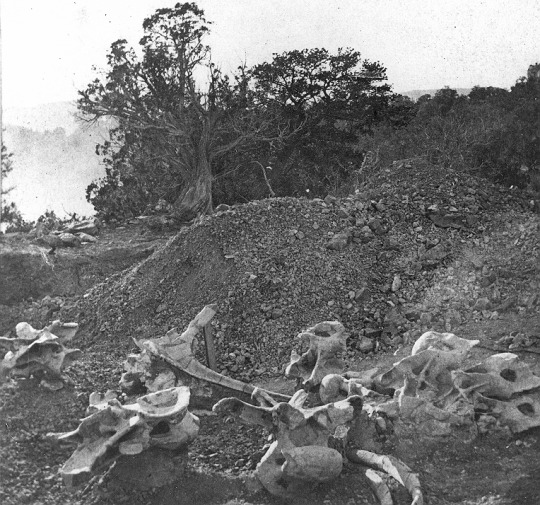
It is one of four large theropods in the Morrison Formation of the U.S. and the Lourina Formation of Portugal. There is currently only one accepted species: Ceratosaurus nasicornis.
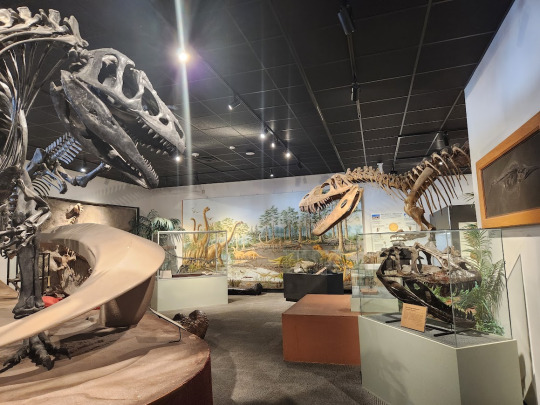
Allosaurus, Torvosaurus and Ceratosaurus at the BYU Museum of Paleontology.
Ceratosaurus is a medium-sized theropod. The type specimen is about 17 ft (5.3 m) long but other specimens indicate it could get more than 20 ft long. It is characterized by deep jaws that supported proportionally long, blade-like teeth, a prominent, ridge-like nasal crest, and a pair of crests over the eyes making it appear very dragon-like.

It had fairly short arms especially compared to its contemporary rivals. Each hand had four fingers with the three larger ones sporting a claw.

It also had a row of osteoderms that ran down it's neck, back and tail.
It is thought that Ceratosaurus was a solitary hunter. None have ever been found in close proximity to another. In a paper written by Donald M. Henderson in 1998, he stated that Ceratosaurus' taller skull indicated a resistance to bending. Its long, broad teeth would present increased frictional resistance to penetration due to increased surface area.

It had powerful adductor muscles that would increase the overall stresses on the entire skull. Having a deeper skull would relieve that by increasing the flexural rigidity and thus the strength. Think pit bull or hyena.

Ceratosaurus is only represented by a handful of specimens, far more common than Torvosaurus but still much less common than Allosaurus. There are two ideas floating around about why this is. One, there simply weren't as many of them. Two, it preferred a habitat that just didn't preserve fossils as well. Whatever the case may be, I hope that we can help answer some of these questions with the potential specimen we found at the Evil Tree Bonebed.

Possible Ceratosaur ischium (and it's a whopper for size).
Want to help recover the Ceratosaurus? Then come join us this summer at Colorado Northwestern Community College! Check out the link for more info. Hope to see you there!
63 notes
·
View notes
Photo

For this week’s #FossilFriday, I’m posting another experiment, this time with charcoal vines and pencils. Was gonna add scales and a pattern but I didn’t feel confident enough for that just yet. This is only my second finished charcoal piece but after figuring it out through Aaron Blaise’s Youtube channel, I think I got a taste for it. Makes a hell of a mess, but that’s part of the fun imo! Already got two more pieces planned out so stay tuned for more 😉😉
Find me on deviantArt and twitter
#palaeoblr#dinosaurs#paleoart#lambeosaurus#artists on tumblr#palaeoart#dinosaur art#fossil friday#extinct fauna#prehistoric fauna#mesozoic#my art
283 notes
·
View notes
Text

For #FossilFriday, Therizinosaurus showing off its fabulous nail job! Recently it’s been found that the claws on Therizinosaurus itself wouldn’t have worked very well as weapons OR for pulling down branches, so odds are they would have worked better for displaying, like the antlers on a deer or peacock feathers.
#fossil friday#dinosaur art#dinosaur#therizinosaurus#paleoart#paleontology#cretaceous period#mesozoic#illustration#art#procreate#artist on tumblr#maniraptora
178 notes
·
View notes
Text

辰年
Year of the dragon!
Happy new year 2024
Make the best of it, even if you have to use your teeth like this Leptopterygius trigonodon did back in jurassic times.
#digital illustration#velozee#paleoart#paleontology#Jurassic#ichthyosaur#fossil friday#Fossil#Leptopterygius#Year of the dragon
27 notes
·
View notes
Text

My mosasaur art made into a pin.
57 notes
·
View notes
Text
So apparently it is ‘Fossil Friday’:) I like this term!
I cracked open that one from my last post and was rewarded with my favorite genus of Brachiopod, ✨ Leptaena ✨!! so beautiful..

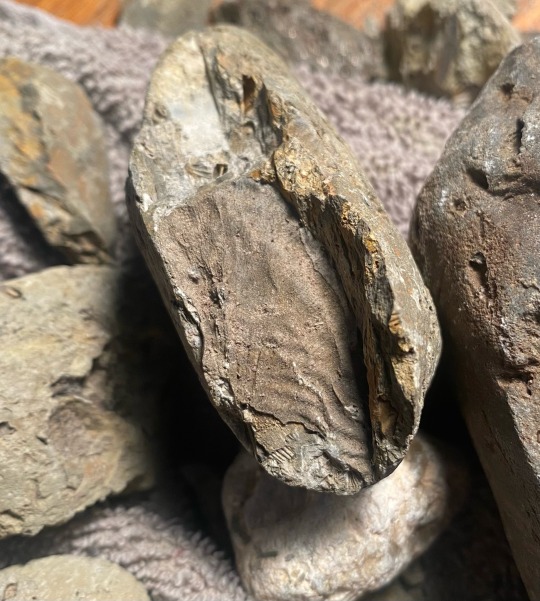
Also I cracked open this mush

I managed to weasel this lady out!!


I am honestly not too sure what I am looking at in the 2nd photo, I am 93% sure this is half of a Brachiopod, so I am guessing those are the innards, so I am also guessing that that circle is the pedical, maybe? It is just so large?. I have never found one with the inside visible like this. And I just can not find any references I need .. anybody know?
Also another Leptaena was also in there
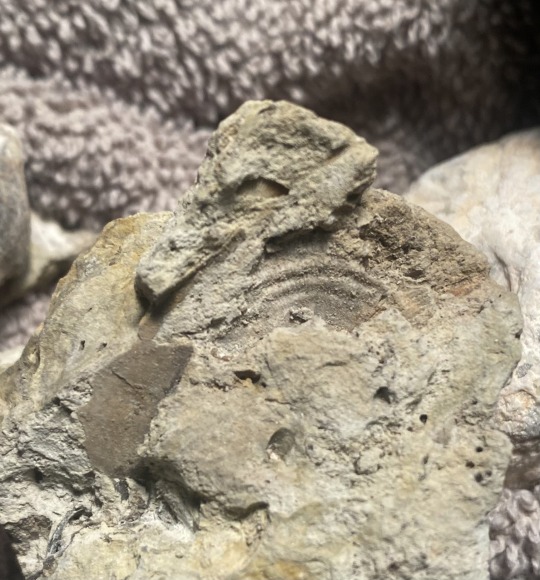
And an adorable Bryozoan sheet that makes me crave honey:)
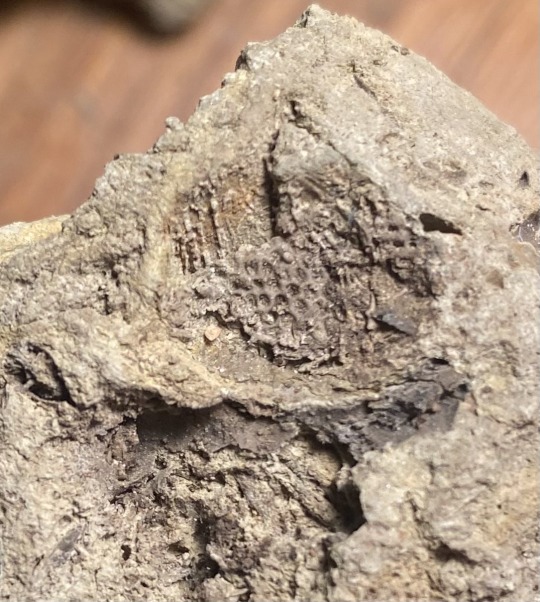
And here is a better photo of the chisel project I was working on the other day! I am a little stuck on this one, I really do not want to damage the Crinoid, it seems so fragile..

#fossil friday#devonian fossils#devonian period#my fossils#amateur paleontology#paleontology#fossils#fossil#fossil hunting#fossil collecting#geology#devonian#fossilblr#brachiopod#devonian fossil#brachiopods#bryozoan colony#bryozoa#bryozoans#bryozoan#crinoids#crinoid#rocks#rockblr#brachiopod fossils#earth science
10 notes
·
View notes
Text
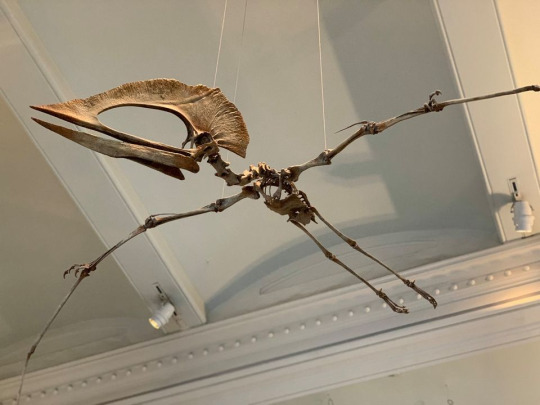
Happy Fossil Friday! Let’s fly back in time to the Cretaceous some 110 million years ago to meet Tupuxuara leonardii. This flying reptile had a wingspan of about 15 ft (4.5 m) and a huge fan-shaped crest. But why the elaborate headgear? Scientists think that pterosaurs could have used their distinctive crests to steer during flight, to recognize members of the same species, or to attract mates. Like the crests of some modern birds, they may have also been brightly colored.
Photo: © AMNH
#science#amnh#museum#fossil#nature#natural history#animals#paleontology#ancient animals#did you know#fact of the day#fossil friday#pterosaur#vertebrates
615 notes
·
View notes
Text
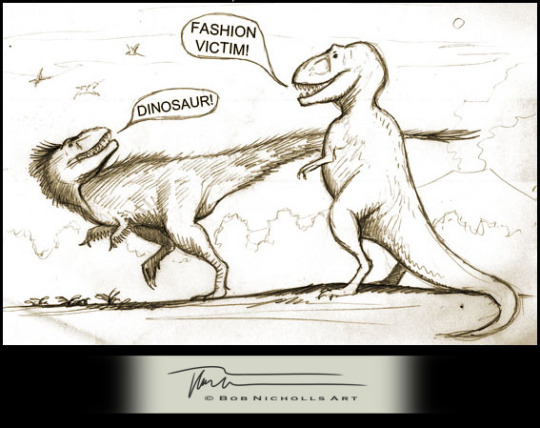
An old cartoon for Fossil Friday.
#Art#Painting#PaleoArt#PalaeoArt#SciArt#SciComm#DigitalArt#Illustration#Dinosaurs#Birds#Reptiles#Palaeontology#Paleontology#Fossil Friday
97 notes
·
View notes
Text

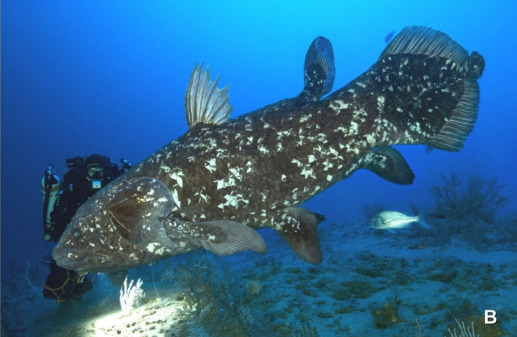
Happy Fossil Friday!
Who: Coelacanthiformes
What: Coelacanths! Large lobe-finned fish from the Class Actinistia, a close relative of the lungfish.
When (group): Devonian - Present (thought to have gone extinct during the End-Cretaceous extinction event, but members of the group were "rediscovered" in 1938)
Where: (Living representatives) along the east African coast and the Comoros Archipelago in the Indian Ocean.
(Fossil representatives) England, Czech Republic, France, Germany, India, Switzerland, Brazil, Democratic Republic of the Congo, China, Uruguay, USA, and more.
Fun Fact!: There are two living speices (that we know of) of Coelacanth: Latimeria chalumnae & Latimeria menadoensis
Here is a link to an article for the story of how this "living-fossil" was rediscovered by the scientific community and the museum curator who's quick thinking and determination helped bring this animal back into the spotlight.
Why are they cool?: Instead of the bony vertebral column shared by other vertebrates the coelacanth retains the ancestral fluid filled notochord which is less rigid than vertebrae, but offers more flexibility.
Image Credits: (Left) Coelacantheformes Fossil From the Natural History Museum of Bamberg & (Right) Laurent Ballesta - Gombessa Expéditions
159 notes
·
View notes
Text

A fossilized tooth of an indeterminate basilosaurid, possibly Basilosaurus isis from the Samlat Formation in Dakhla, Morocco. It is unclear if the larger teeth from these ancient whales can be attributed to Basilosaurus.
#synapsid#mammal#fossils#paleontology#palaeontology#paleo#palaeo#basilosaurus#dorudon#cetacean#whale#eocene#cenozoic#prehistoric#science#paleoblr#fossil friday#fossilfriday#バシロサウルス#ドルドン#化石#古生物学
104 notes
·
View notes